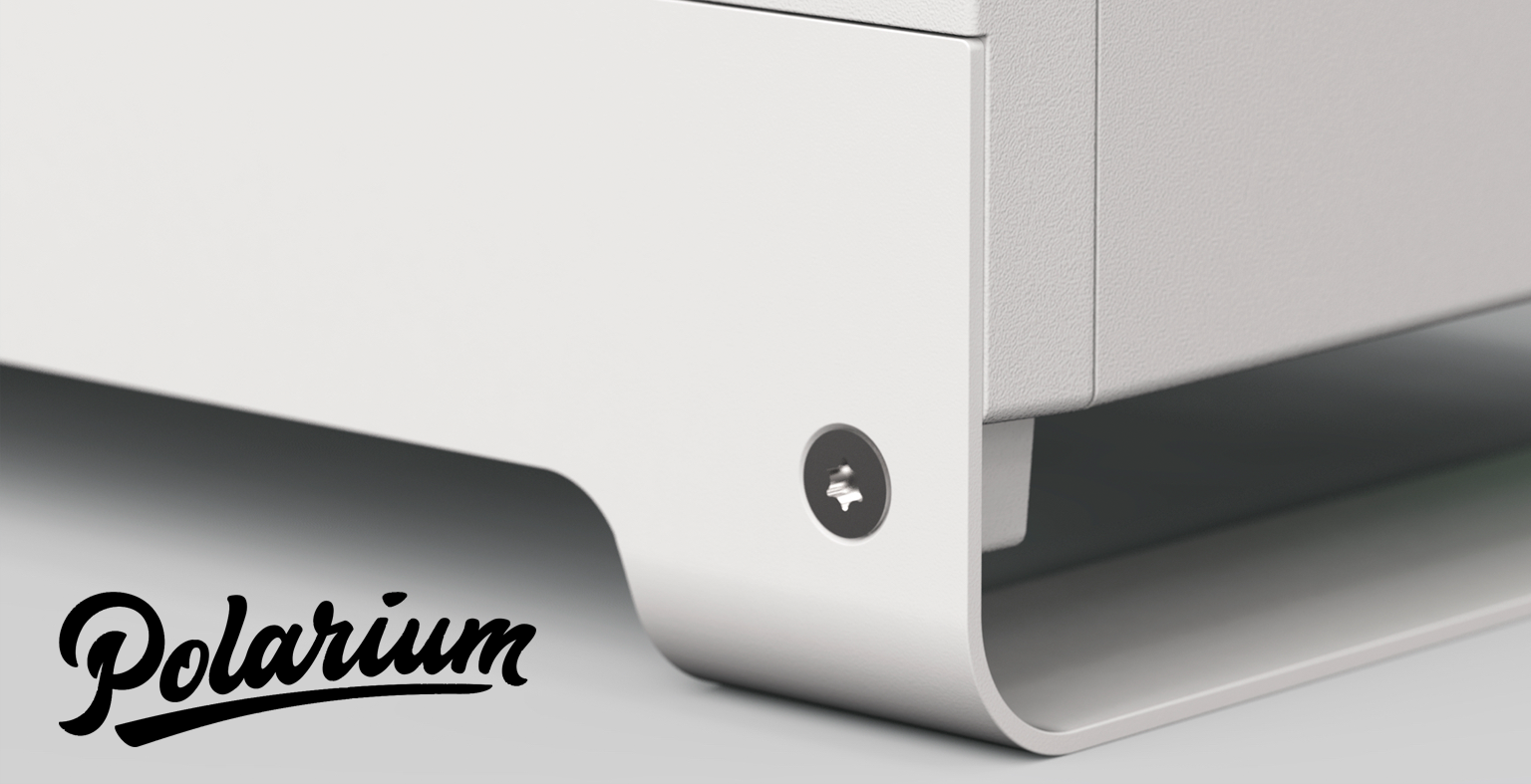What is the difference between a cell and a module? What is form factor? And why is it handy to know about C-rate?
Regardless of whether you’re considering a career at a battery company, or are interested in lithium-ion technology, or just want to get a better grasp of the industry lingo – here are some lithium battery basics from Polarium’s expert Johannes Löfgren.
What is a battery cell?
What most people think of when they hear the word battery is actually called a battery cell. A cell is a unit engineered and manufactured with a chemical composition to store chemical energy that can be converted to electrical energy. During usage, called discharge, the chemical energy is converted into useful electrical energy that power our devices. The cell voltage is determined by its two electrodes: the negative (anode) and the positive electrode (cathode). The nominal voltage is the average voltage during a discharge.
Normally, the cell voltage for lithium-ion batteries is around three to four volts (V). Several cells, therefore, are needed to form a pack to achieve the voltage required for a certain application, for instance, 48 V. Some packs need to store considerable amounts of energy, some need to deliver large amounts of current in a short period of time, and some need to deliver a lot of energy in relation to their weight. All of this, and more, affects what sort of cell is suitable for specific applications or needs. They may look the same, but they aren’t!
Form Factors
Different cells have different form factors and shapes. Common shapes include cylindrical, prismatic, and pouch. Cylindrical cells, like an ordinary AA or AAA battery, are generally named XXYY for lithium-ion batteries, where XX is the cells’ diameter in millimeters and YY is the cells’ height in millimeters (sometimes an extra zero is added in the end, e.g. 18650). Cylindrical cells are used in a variety of applications, ranging from power tools to electric scooters and electric vehicles. Prismatic cells are square building blocks, and they can also often be found in electric vehicles of the as well as in stationary applications. Pouch cells are also used in electric vehicles, as well as for cell phones, laptops and other consumer electronics.
Cell Chemistry of Lithium-ion Cells
As you might expect, lithium-ion cells contain Lithium. Lithium chemistries have become popular because they can hold large amounts of energy in relation to their size and weight. The so-called volumetric energy density (Wh/L) and gravimetric energy density (Wh/Kg) is high, hence their popularity in automotive applications.
Cell chemistry can differ substantially between different types of cells. The NMC cell chemistry (LiNixMnyCozO2) consists of varying amounts Nickel, Manganese, and Cobalt oxide, and is often used when high energy density is particularly important. The LFP cell chemistry (LiFePO4) stands for Lithium Iron Phosphate and is commonly prismatic cells. This cell
chemistry is popular due to its lower initial cost, and higher cell-level safety but with the drawback of having lower energy density, higher self-discharge and being more expensive to recycle.
What Is 5S7P?
When several cells are put together in a single structure, they make up a battery module (or pack). As mentioned above, a cell normally has a voltage of around 3-4V, but many applications need higher voltage than that. Cells can therefore be combined in different constellations of bigger packs or modules for the intended use. Depending on whether cells are connected in series or parallel, battery systems exhibit different characteristics.
Basically, 5S7P means that five cells are serially connected, and seven cells are connected in parallel. When connecting two cells in series, the voltage of cells is added together, and when connecting two cells in parallel, the capacity of the two cells is added together. So, 5S7P actually holds five times seven cells, amounting to 35 cells in total.
1C, 50C – What Is C-rate?
All batteries have a certain capacity, expressed in Ampere hours (Ah).This, in combination with the cell voltage, indicates how much energy a battery holds at a given point in time. For some applications, you want to use energy over a long period of time. In others, you need as much energy as possible at once, for example when accelerating rapidly in a car. Additionally, any given battery pack may contain several small cells or a few larger cells but still have the same specification. This is why it’s handy to know about the C-rate: to easily compare the performance of batteries independent of their size!
The C-rate is a measure of how fast a cell is charged or discharged in relation to its capacity. Different applications need different C-rates. If a battery has a 1 C discharge C-rate, this means that you can use all the energy in the battery in one hour. A C-rate of 10 C means that you can use all the energy during one divided by ten hours, which is six minutes.
The fact that a battery has a maximum C-rate for charging, is why it’s not possible to charge a car in a few minutes. It’s also why the ability to fast-charge a battery depends on both the battery and the charger – not all batteries can be fast-charged safely. Applications with high C-rates for discharging, amounting to up to 30 C to 100 C, can be found in radio-controlled cars, drones, and hand tools. In those applications, it’s common to see a battery swap rather than a charge of the battery system in the unit. The C-rate for charging would require the use to wait while the battery system is charging, and in those applications waiting is not desired.
Ok, so now you know the basics of lithium batteries! With these simple facts and terms, you can join the battery conversation with the right industry lingo. And if you’re interested in joining Polarium, visit the career pages on our website to see our latest openings!
By: Johannes Löfgren
Johannes Löfgren is Global Manufacturing Development Engineer at Polarium. Johannes works on scaling-up the manufacture of Polarium’s new products and improving the manufacture of our existing ones.
This article was first published here by Polarium.
About Polarium

Polarium is a Swedish company dedicated to providing the best performing, safe and sustainable energy storage solutions built on lithium-ion technology. The company was founded in 2015 based on the idea of how energy storage could empower a smart and sustainable world. Polarium’s headquarters and R&D center are situated in Sweden and the manufacturing in Mexico. Through its global sales channels and representation in the US, South Africa, Sweden, UK, New Zealand and Indonesia, Polarium serves customers worldwide. Today, our market-leading solutions are in use on all continents and in all climate zones – from the Equator to the Arctic – ensuring that the flow of energy never stops, while enabling our customers to reduce energy costs and carbon footprint.
Formally known as Incell - the new name is a combination of Polar and Lithium to mirror the company’s Nordic heritage. With the new brand, the company aims to be more accessible and reach a wider audience.




